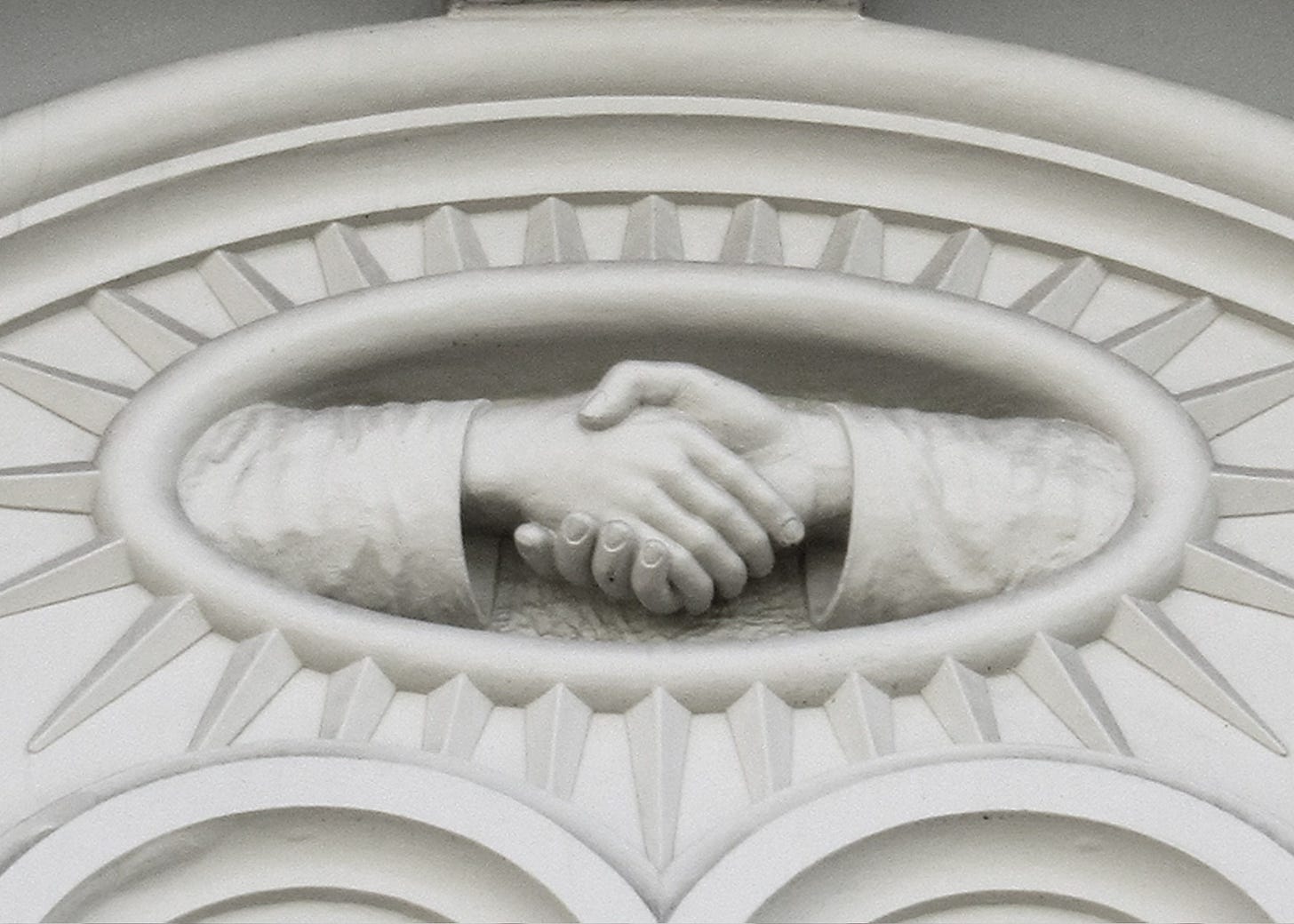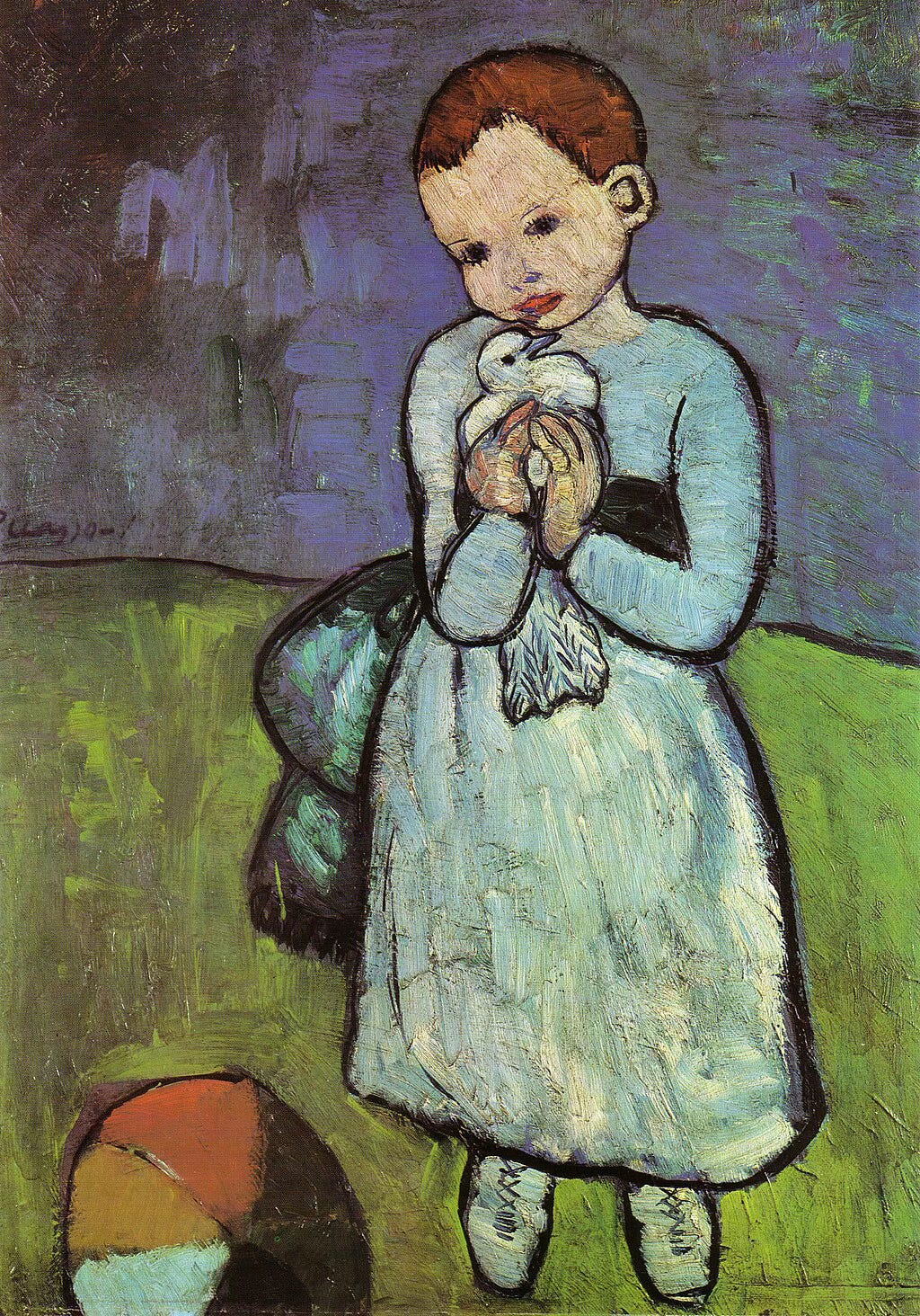Coming to Grips With Temple Imagery
They . . . did see with their eyes and did feel with their hands and did know of a surety (3 Ne. 11:15).
Watching a movie might just get us closer to God. It sounds like the tagline for a religious streaming service, but in the early 1900s, thinkers like Hungarian filmmaker Béla Balázs genuinely believed film could help us see with spiritual clarity. For him, movie houses were more than places of passive distraction. They were sacred spaces for communal seeing.
Balázs was building on Victor Hugo’s lament that the invention of the printing press shattered the shared visual culture of cathedrals into a thousand separate books. Words, Hugo warned, splintered the unity once held by stone and stained glass. Balázs took it a step further. With all those books, all that reading, we forgot how to read the most human text of all: each other’s faces. Our visual literacy atrophied. But with film, he believed, we got a second chance. Moving images teach us to see again. Not just watch, but really see. Sitting together, watching the same images on a large screen, became a new kind of cathedral.
So when the Church of Jesus Christ of Latter-day Saints began incorporating film into the temple endowment ceremony in the 1950s, it wasn’t just a tech upgrade. It was a theological pivot with aesthetic weight, one we should take seriously. It joined the sacred potential of the cathedral with the shared wonder of the movie house. This is an invitation to learn to see—truly see—who we are, where we come from, and what our divine destination is.
But seeing isn’t just a sensory experience. It’s a skill, a literacy we must develop. And like any literacy, it requires understanding the grammar. If you want to make sense of what you’re seeing, you’ll need to develop a robust vocabulary for visual communication.
Which brings us to Charles Sanders Peirce: American logician, scientist, and all-around genius. Over a hundred years ago, Peirce mapped out a helpful architecture of visual signs. According to him, every sign fits into three types: icons, indexes, and symbols. Knowing the difference could make all the difference in appreciating the power and pull of temple imagery. You’ll start to see how the temple shows you things, by discerning the scaffolding of meaning itself. A sign is anything that conveys meaning by standing for something beyond itself to someone else.
Let’s start with symbols. They are the most familiar and the most sneaky. Symbols don’t look like what they represent. A flag is not a country. A dove isn’t peace. And a snake isn’t evil. A symbol must be taught, passed on, and cultivated to exercise its power. This is why most words are symbols. There is no cosmic law that says a “table” must be called a “table.” It could have been called a “chair” or a “cookie,” or any other name (and that’s sticking to one language). But naming is precisely the cultural practice of injecting meaning into our world—“and whatsoever Adam called every living creature, that was the name thereof” (Gen. 2:19). Symbols are arbitrary, but when endowed with shared meanings and sustained, they can become incredibly powerful. That’s the way of symbols: arbitrary at birth, sacred with time.
Indexes come closer to the thing they want to represent. Without resembling their object, they are directly connected to it. They point to it by clear association. Smoke is the index to fire because where there is smoke, there is most likely fire. Unlike the symbol, indexes are less abstract and cultural. They, like someone’s shadow or footprint, are causally or physically connected to their object.
And then there are icons. Icons must visually resemble what they wish to represent. A portrait of Christ is an icon of Christ. A photograph of a temple is an icon of the temple. A Google map of your hometown is an icon of your hometown. The temple is full of icons. Unlike scripture, the endowment ceremony is dripping with visual images. In Peirce’s triad of signs, icons belong to a category he calls “firstness,” which is just a fancy way of saying they are particularly adept at offering immediacy and raw feeling. They are the closest to—the most “at one with”—their object. They are the most honest in their design and transparency. They don’t just point—they resonate on the most basic level.
And here’s where it gets messy in the best possible way: one image can be all three. Take a dove with an olive branch in its beak. A drawing of a dove with an olive branch would be an icon of a bird with a twig. It is also a symbol of peace for some. And for Noah, it is an index to dry land.
The temple is full of this kind of visual vibrancy. Like Isaiah’s streams of layered symbols in poetic words, temple imagery is multi-layered and should feel peculiar, even a little beyond our grasp. Because visual theology reaches far back into time and human consciousness, the temple is a moment that invites us to marinate in that saucy mixture of ancient and modern, profound and profane, cultural and universal, by way of images—through icons, indexes, and symbols. It’s theology in visual form. It’s scripture you can walk through, full of images you can ponder and feel.
Of course, temple visuals are not meant to be literal. They are meant to be transformative. They make the dead and living shake hands for the exaltation of both. As you are performing the ordinances, it’s as if the temple were to hand you the images and say: Now you do the interpretive work. You connect. You make and feel the meanings.
Icons, indexes, and symbols are more than academic categories—they’re the nuts and bolts of spiritual machinery. And if you can start to recognize how they function, you’ll begin to see how meaning itself is made. Not just in temples, but everywhere.
Mason Kamana Allred is an associate professor of communication, media, and culture at Brigham Young University–Hawaii. His work explores how we see, feel, and make meaning through media—from the silver screen to the smartphone.
Child with a Dove (1901) by Pablo Picasso (1881-1973).






